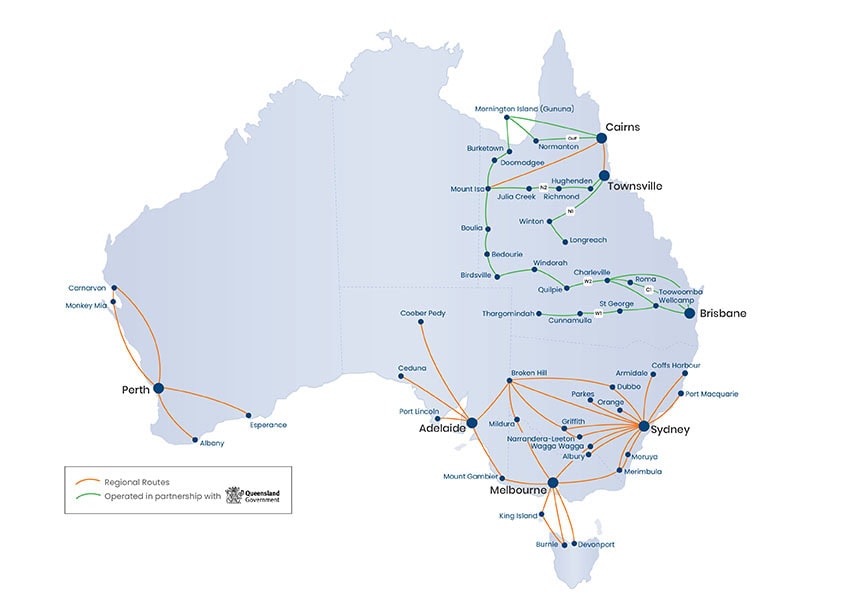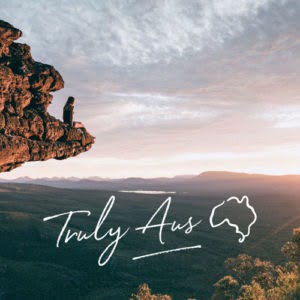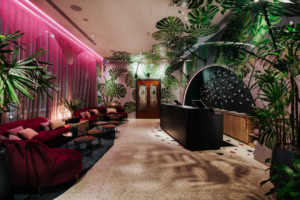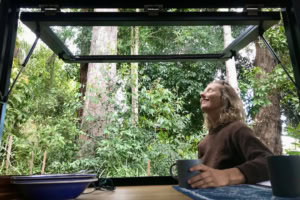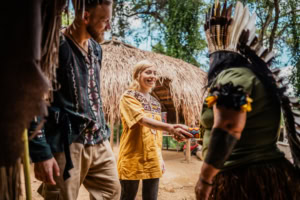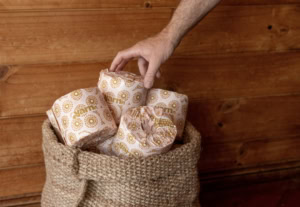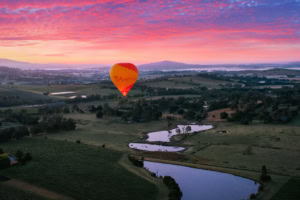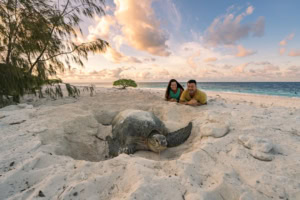The wildflower season in Western Australia is one of the world’s greatest natural spectacles. Here are some of the top spots to admire the spectacular fields of blooms.
These wildflowers sound like something from a nursery rhyme: honey-pots and milkmaids, mountain bells and pixie mops. They look like something imagined under the influence of hallucinogens. Vivid magenta of paperbark blossoms to violent pink boronias. Firewood banksias spiked with red to starflowers with golden sparks scattered from their centres.
However, they also seem to bring out the poet in admirers. “Tiny pink petticoat flowers grow in ephemeral puddle so that their roots can trap insects,” says enthusiast Jim Barrow from the Wildflower Society of WA, dithering about which flower is his favourite. “In contrast, gaudy banksias wait to catch the eye of a passing bird or possum. And despite being protecting themselves with vicious spines, standbacks are beautiful in delicate cream.”
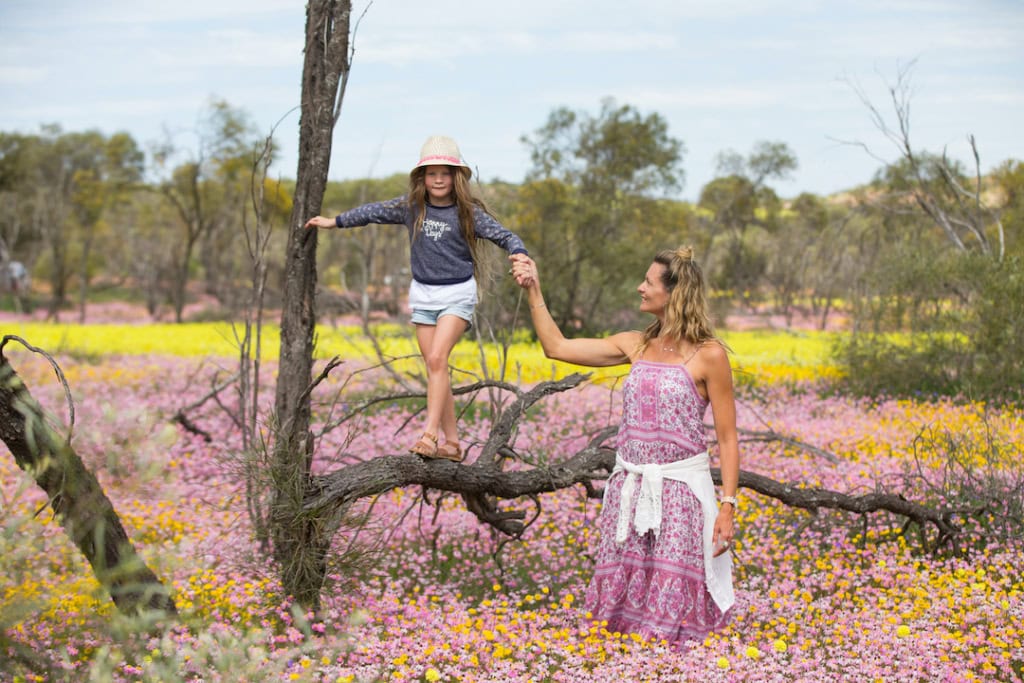
Wildflower Wonders
The annual wildflower blooming in Western Australia is one of the world’s most stunning natural spectacles. It transforms the state’s arid environment into a multi-coloured tapestry covering 2.5 million square kilometres. White everlastings can grow so thickly they resemble snow and appear to dominate, an estimated 12,000 different species erupt in blooms.
“There are few other places on Earth where flowers are so all-pervasive, varied and sumptuous,” says photographer Stanley Breeden, co-author of Wildflower Country, a visual hymn to Western Australia’s flora. “It isn’t just their brilliant colour, but exciting forms, diverse textures, fabulous variety and accessibility.”
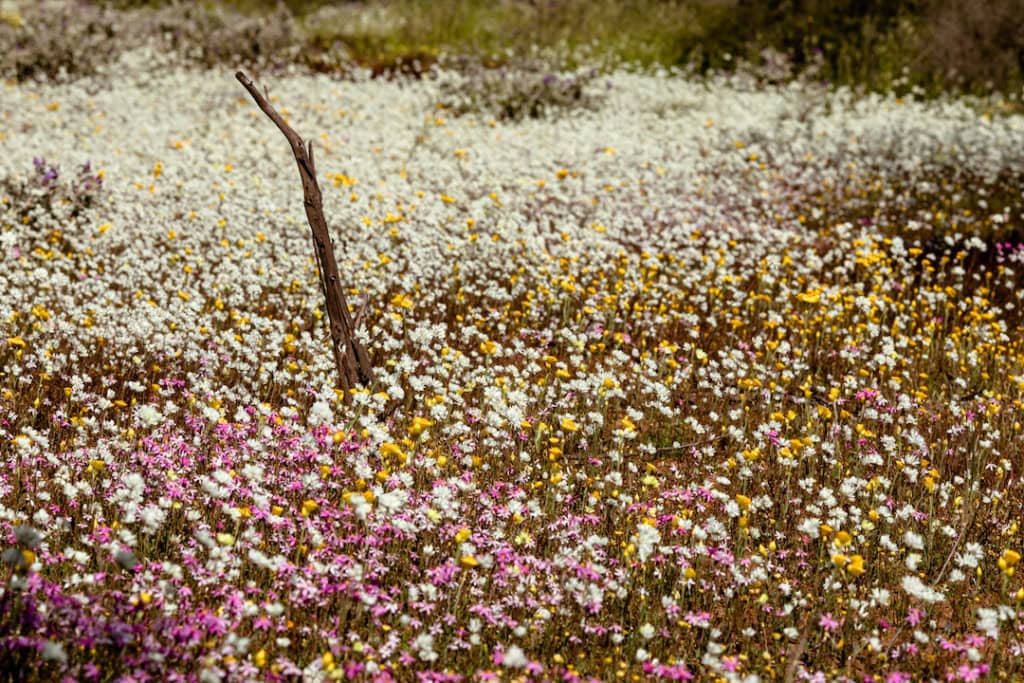
Where to see WA’s wildflowers
The first blooms appear in the north of the state around June. They spread slowly southwards, making the Pilbara a fine region for early flower spotting. Though not as thickly carpeted as the southwest. Flowers such as desert roses, native hibiscus, dainty bluebells and purple mulla-mulla grow along roadsides and splash the landscape with pockets of colour. The lower Hamersley Ranges between Newman and Karijini National Park have some of the best displays, while in Karijini itself flowers are a spectacular contrast to dramatic red gorges.
Further south at Kalbarri National Park, north of Geraldton. Red rock landscapes make a pleasing backdrop to an impressive display of orange and gold banksias, kangaroo paws and blood-red eucalypts, usually in full bloom by August. From Geraldton, swathes of pompoms and everlastings line the highway inland to Mullewa. Mullewa is noted for its striking circular clumps of yellow or pink wreath flowers and delicate spider orchids.
Near Mullewa, Coalseam Conservation Park has marvellous everlastings in cream, gold and pink, as well as a flamboyant collection of hakeas and grevilleas. The road south to Dalwallinu is designated the Wildflower Way for good reason. The town has a September festival and street parade to celebrate the golden beauty of its wattles.
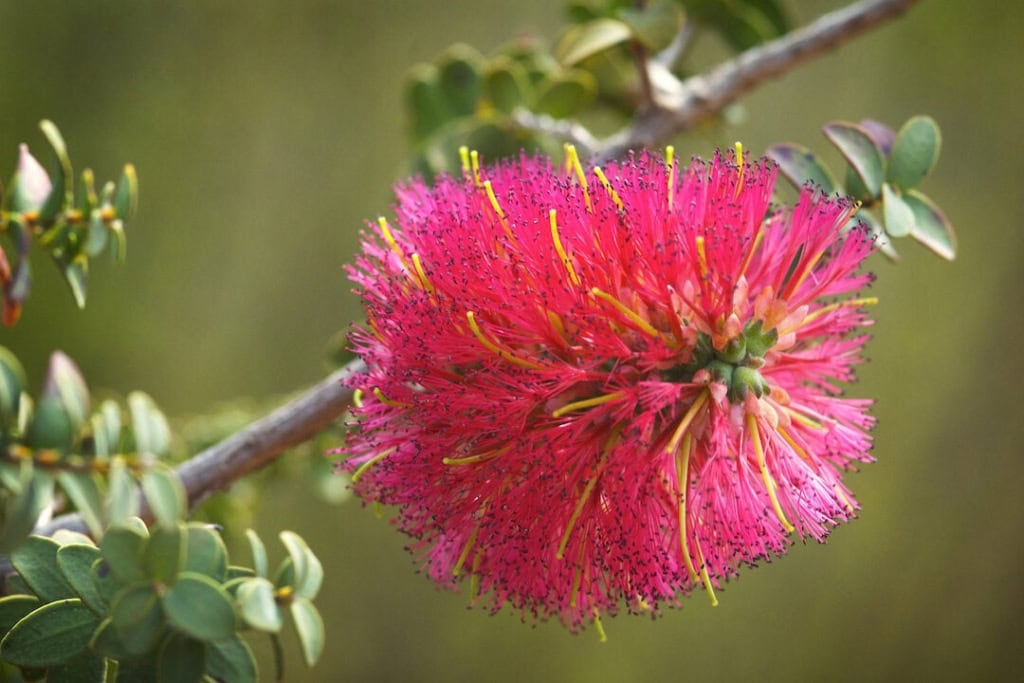
Wildflowers down South and on the coast
There are dozens of wildflower routes across Western Australia outlined by local tourism offices in every corner of the state. “It’s impossible to say which region is the best for wildflowers,” says Jim Barrow. “Each has its own beauty. Even small reserves such as those at Corrigin, Kulin, Quairading or Harrismith have an incredible diversity.”
“My favourite would have to be Cheynes Beach in Waychinicup National Park east of Albany,” says Stanley Breeden. “It has such a wild landscape shaped by storms and wind, and incredible plants not found anywhere else. It’s astounding. Some flowers you would dismiss from the roadside as rather uninteresting yet, up close, you see the most glorious details, if only you look.”
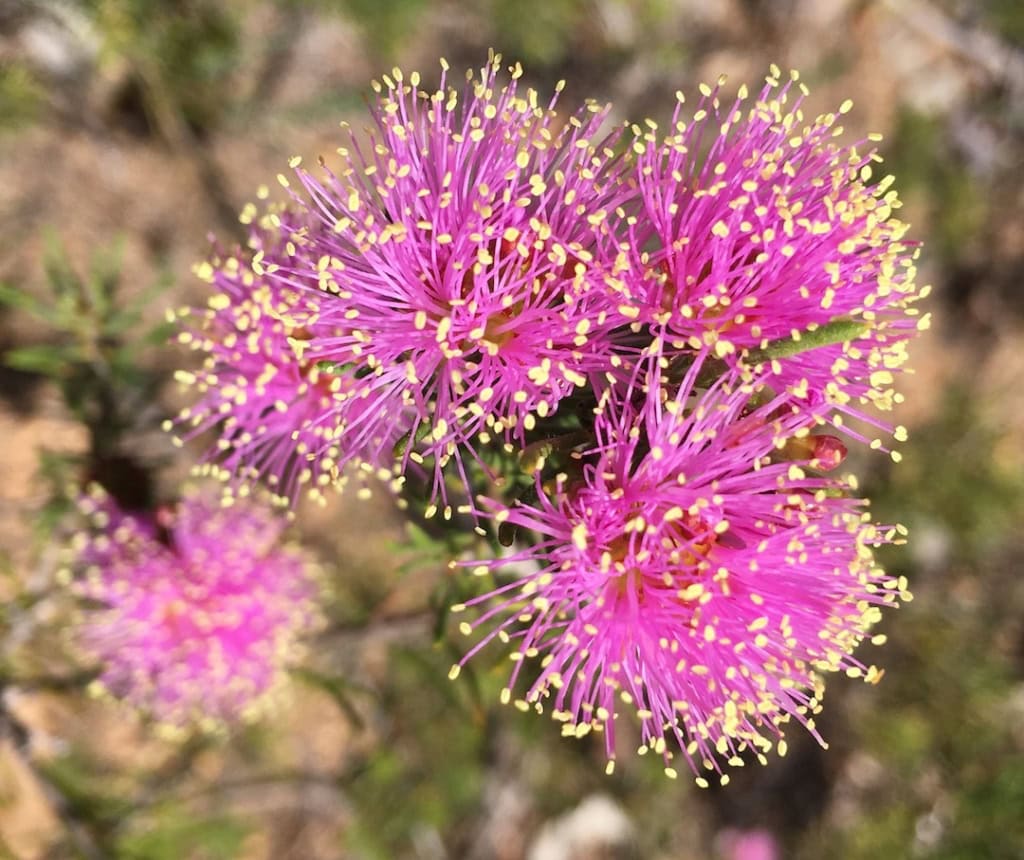
When to see WA’s Wildflowers
As you get to the far south of the state, the best displays may not appear until October. Just north of Albany, the Stirling Range are particularly special, not only for some 1,500 species of wildflower. But the fact that this includes dozens of varieties unknown elsewhere, as well as 40-odd types of orchid, such as the magnificent Queen of Sheba, a star-shaped flower in bright purple with scarlet trimming. The jagged peaks of the range are a magnificent contrast, on a grand scale, to the miniature beauty of the wildflowers. Which can be enjoyed on daily weekday guided walks during the season.
Back on the coast and beyond Waychinicup National Park, Fitzgerald River is another national park where coastal trails are nothing short of splendid. Most of the year, whale watching and bird life are the reason to visit. However, in spring, wildflowers upstage everything else with a blazing profusion of lilies, royal hakea, flamboyant orange banksias and pretty Quaalup bells. Whose drooping cream petals are bracketing in bright red. And, while swamp bottlebrushes mightn’t sound like the most attractive of plants. They burst into flowers that resemble dainty ballet dancers in vivid pink tutus. The whole stretch of coastline between Albany and Esperance is one of the Western Australia’s richest floral regions.
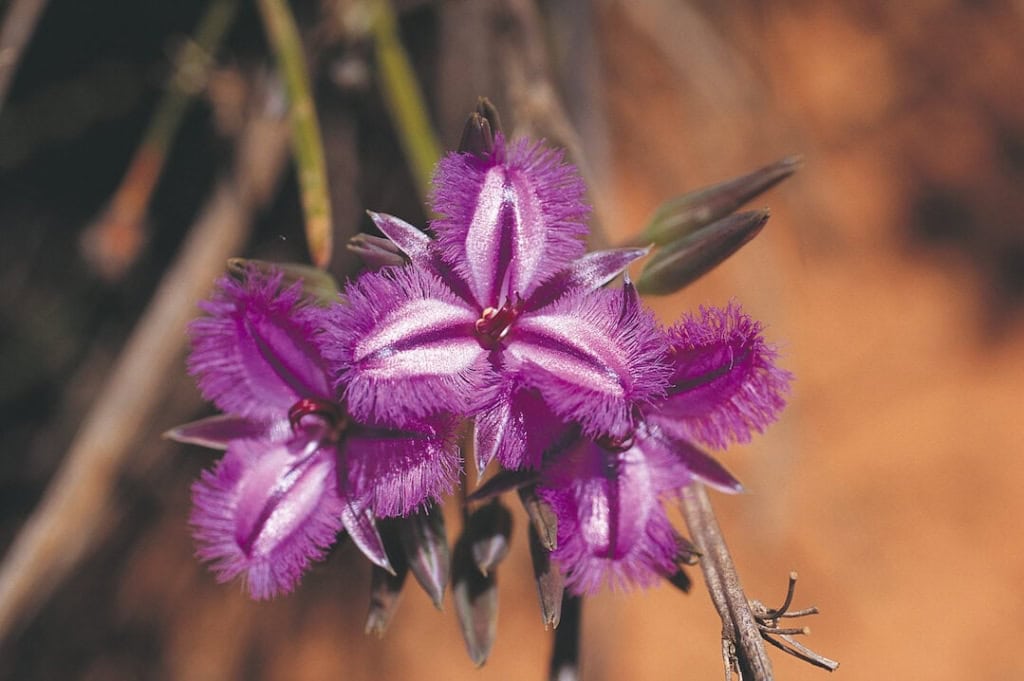
Blooms in the city
If you aren’t up for the long drives or have limited time, there’s plenty of flower power in the vicinity of Perth. The Darling Range on the eastern edge of the city is home to several small national parks, towering jarrah and marri trees. These trees hide clumping Lechenaultia, which local Aboriginal people refer to rather poetically as ‘the floor of the sky’ for its brilliant blue colour. You’ll also see plenty of velvety red and green kangaroo paws, the floral emblem of Western Australia and renowned Sturt desert peas, the state flower of South Australia. And if you spot a milkmaid or pixie as you go down to the woods, don’t be surprised.
To discover what else Western Australia has to offer, click here.
